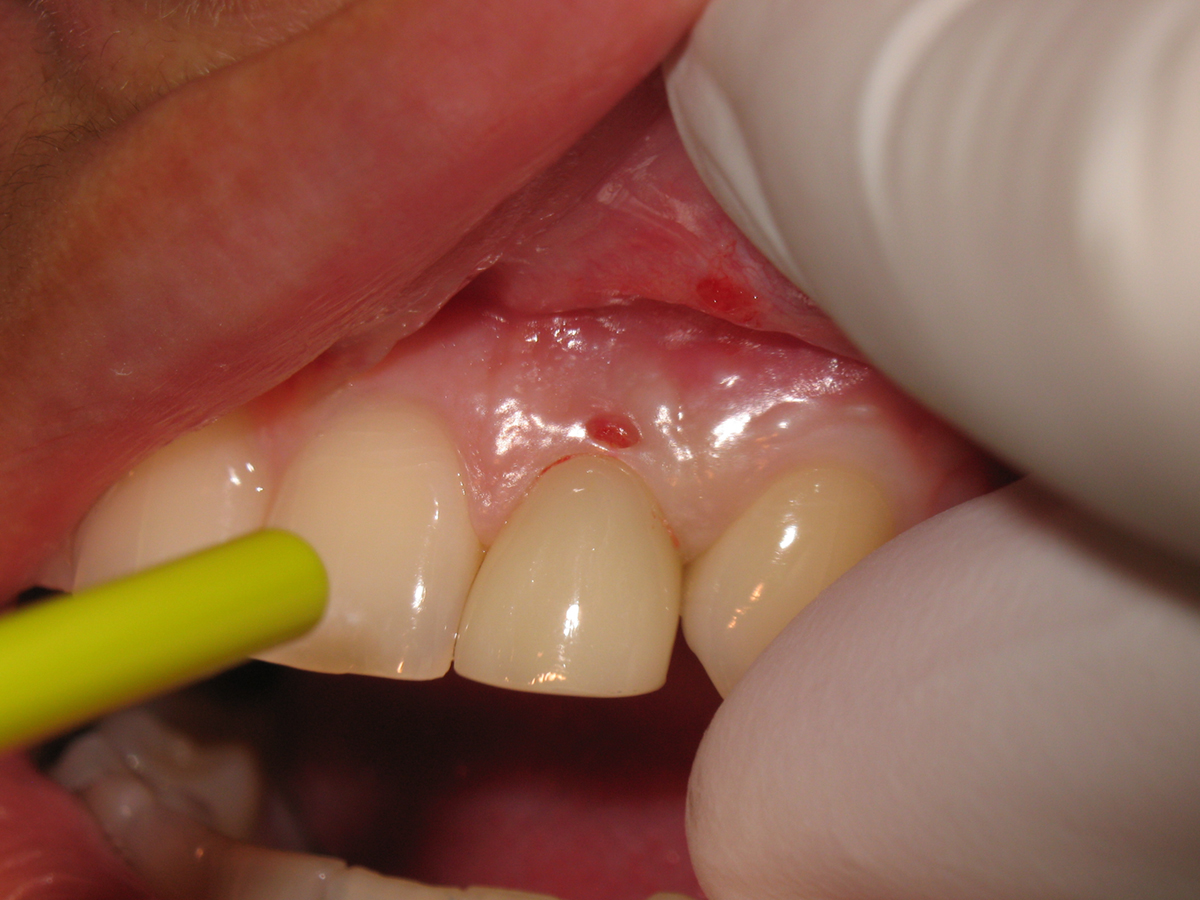
Introduction
Gum disease is a term used for the medical condition which is characterized by the growth of bacteria and a series of conditions which destroy the tissue located around the teeth. This condition is also sometimes referred to as periodontal disease. The gums themselves are medically referred to as gingivae and they are a firm type of fibrous tissue. As the person slowly ages the gums gradually decrease and sometimes they may be involved with abscesses which are sometimes rather hard to detect. The presence of bacteria on the surface of the teeth is always responsible for the formation of plaque and it is the very substances which triggers the occurrence of gum disease. When the plaque remains on the surface of the teeth for prolonged periods of time it easily gets transformed to calculus or tartar which can only be removed by a dentist. There are two main stages of gum disease and those are gingivitis and periodontitis.
Gingivitis
Gingivitis is the first stage of gum disease and it is usually characterized by redness and swelling of the gums. The gums become very tender and they tend to bleed rather easily. This stage of the condition can be easily reversed and treated by a dentist and some proper flossing and brushing at home. When gingivitis does not get treated on time, in most cases it evolves into periodontitis.
Periodontitis
Moderate cases of periodontitis are low grade gum infections in which the bacteria from the calculus destroy the gums and bones which surround the tooth due to the presence of volatile sulphur compounds and other toxins. All this leads to the formation of pockets between the gums and the teeth and various debris get stored in them. As the pockets gradually become deeper and deeper, the condition also gets worse. With time, the affected teeth become loose and eventually they fall off. Advanced instances of periodontitis are characterized by pockets between the gums and the teeth which are more than 6 mm deep. These cases can only be resolved by surgical procedures which are commonly performed by a periodontist or a dentist. The tissue which is diseased gets removed and the teeth get cleaned thoroughly. Reshaping or bone grafting also sometimes needs to be done. The gums get stitched to the teeth afterwards.
Gum Abscess
Gum abscesses occur in people who suffered from bone loss around the root of the affected tooth. These may be acute or chronic.


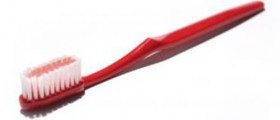

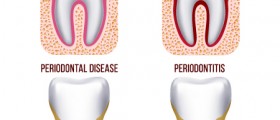
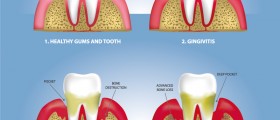

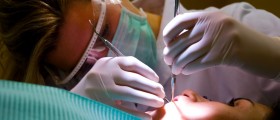





,-Don't-Ignore-Receding-Gums_f_280x120.jpg)
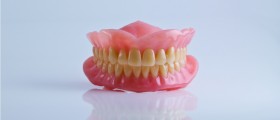

_f_280x120.jpg)
Your thoughts on this
Loading...